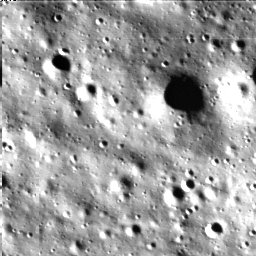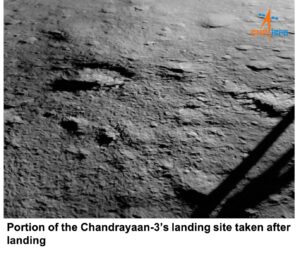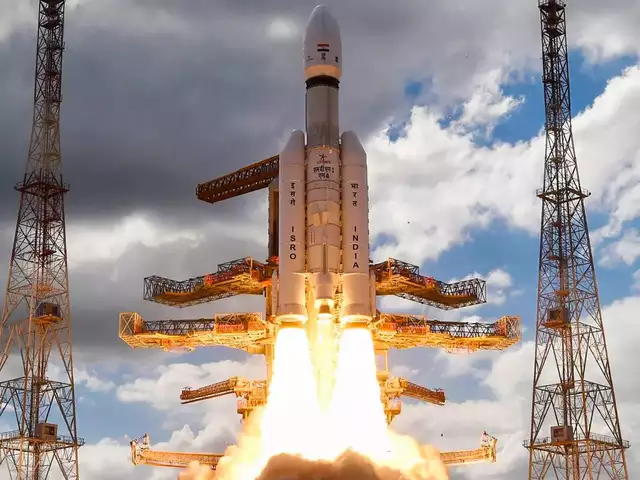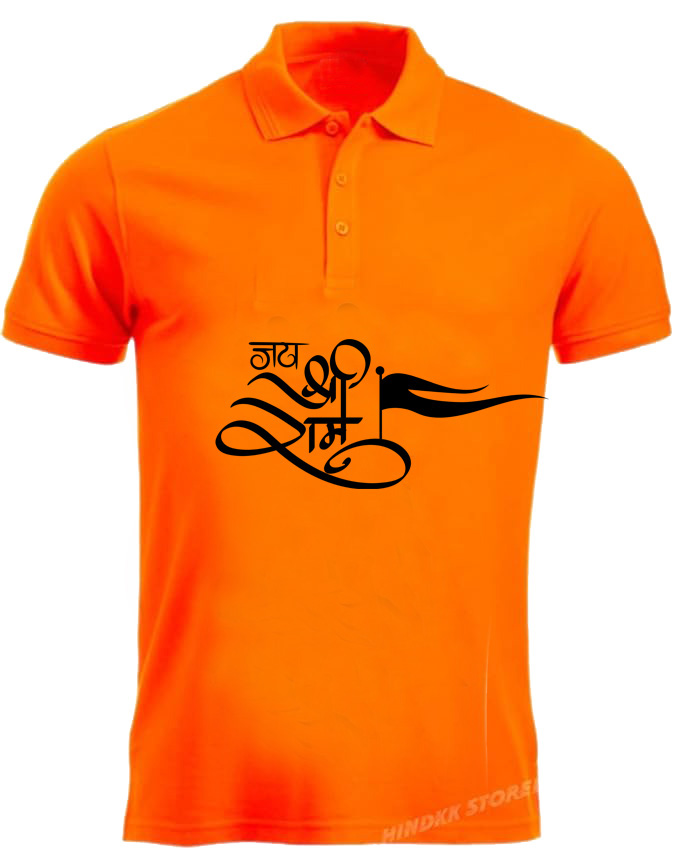India made history by being the first nation to set foot on the South Pole of the lunar surface. Indians and space scientists received praise for their accomplishment from PM Modi. ‘India will remember this day forever’ PM Modi said.
At the final landing leg, the mission’s true test began. ISRO started the Automatic Landing Sequence (ALS) 20 minutes before landing. It allowed the Vikram LM to assume control and use its internal computers and logic to choose a suitable landing place on the lunar surface. According to experts, the last 15 to 20 minutes of the mission, when Chandrayaan-3’s Vikram lander fell to a smooth landing, was extremely important for the project’s success.
India made history by becoming the first nation to reach the uncharted south pole of Earth’s only natural satellite and the fourth nation overall to complete the feat. According to the space agency, Chandrayaan-3’s rover “ramped down” from the lander and “India took a walk on the Moon!”
On schedule and successfully, the Vikram lander descended on Wednesday night.
With this, India joins the US, the former Soviet Union, and China as the only other nations to successfully conduct a soft landing on the moon.
The Vikram lander’s belly was used to transport the 26 kg Pragyaan (the Sanskrit word for knowledge) rover to the Moon. With this, the 14 days of scientific observations for the Chandrayaan-3 project have started.
Now it will explore the craters and rocks, gathering vital information and taking pictures that will be transmitted back to Earth for study. In order to investigate the chemical makeup of the soil and identify the minerals that are present on the lunar surface, Pragyaan is carrying two scientific equipment.
Pragyaan will only communicate with the lander, which will transmit the data to Chandrayaan-2’s orbiter, which is still revolving about the Moon, for analysis.
According to the Indian Space Research Organisation (Isro), the rover will move at a speed of 1 centimeter per second and leave the impression of Isro’s logo and emblem on the Moon’s surface with each stride.
The lander and rover will get 14 days of sunshine to charge their batteries because the touchdown occurs at the beginning of a lunar day; a lunar day is equivalent to 28 days on Earth.
They will stop operating and discharge once darkness falls. It is not yet known if they will reanimate when the following lunar day begins.
India’s second lunar mission, which similarly tried to soft-land there in 2019, was a failure. Its lander and rover were destroyed, but its orbiter was still intact. Even now, it is still circling the Moon and assisting the Vikram lander in sending pictures and data back to Earth for study.
The first images from the Moon sent back by Chandrayaan-3



After the momentous moon landing, India’s Chandrayaan-3 mission sent back its first pictures, which show a pockmarked surface close to the south pole of the moon.
On Wednesday, August 23, nearly four hours after the Chandrayaan-3 spacecraft finished its effortless descent, the Indian Space Research Organisation (ISRO) posted the photographs on X, formerly known as Twitter.








